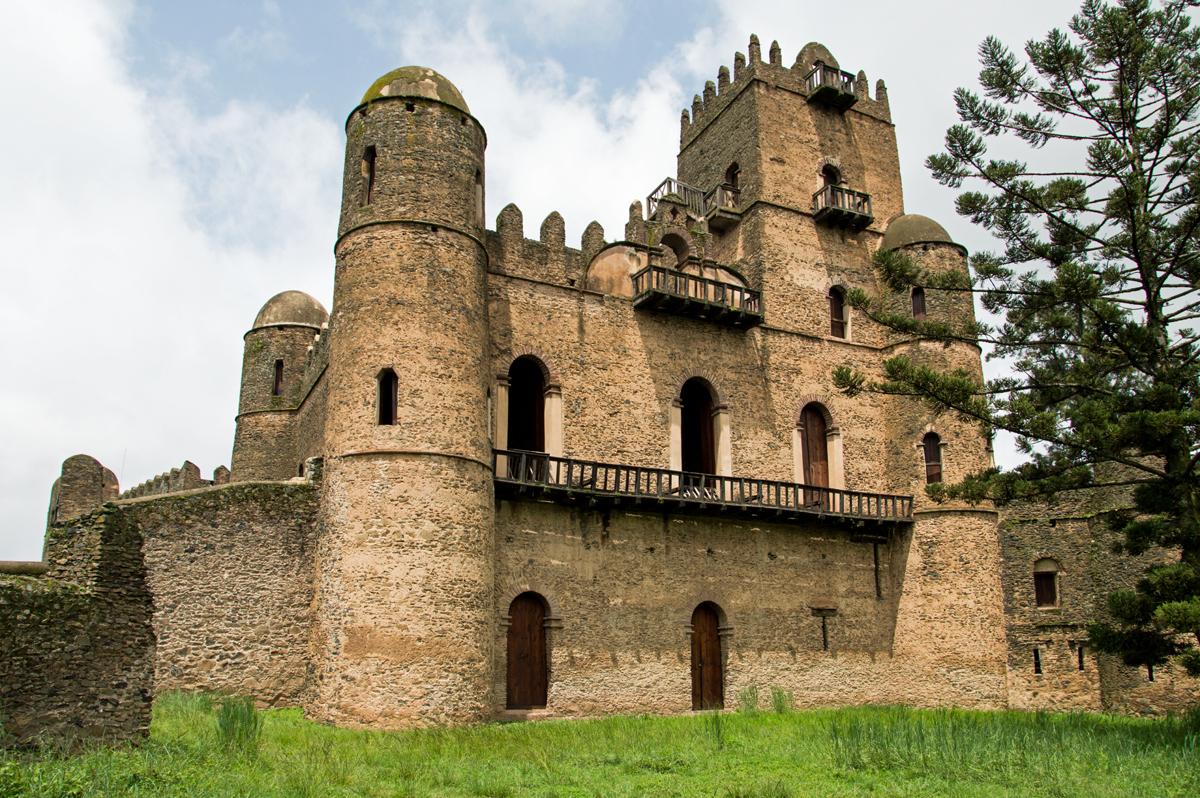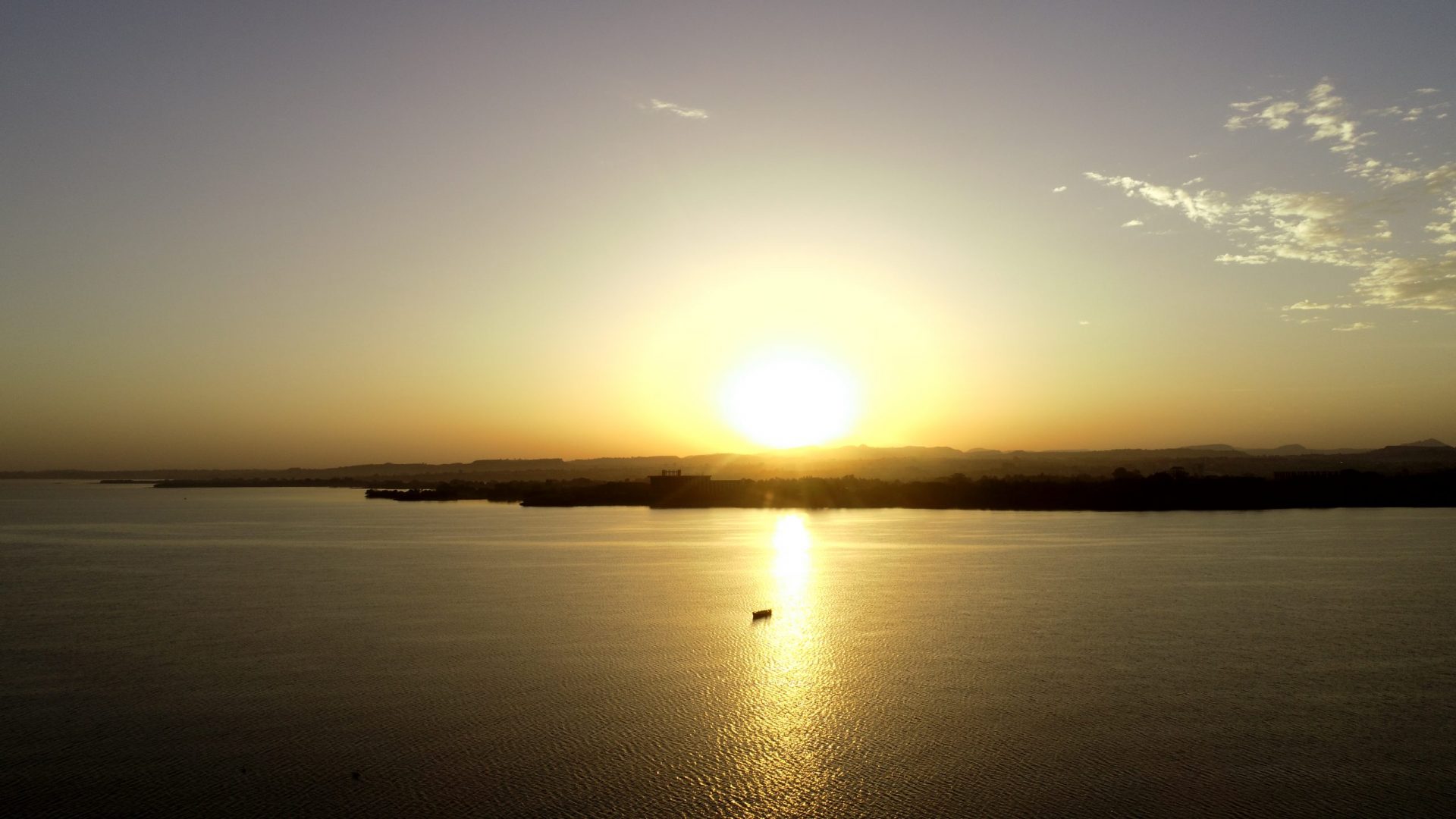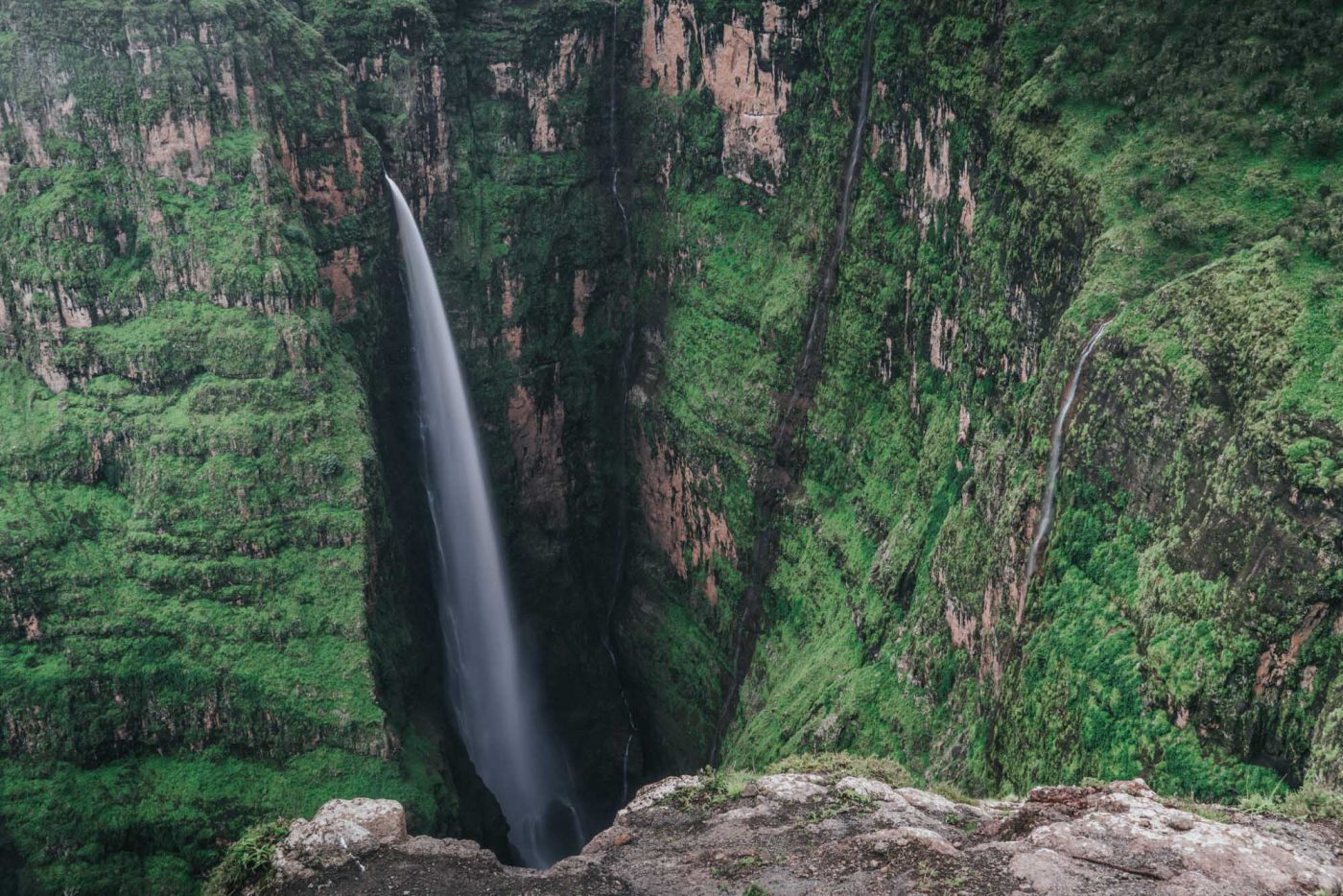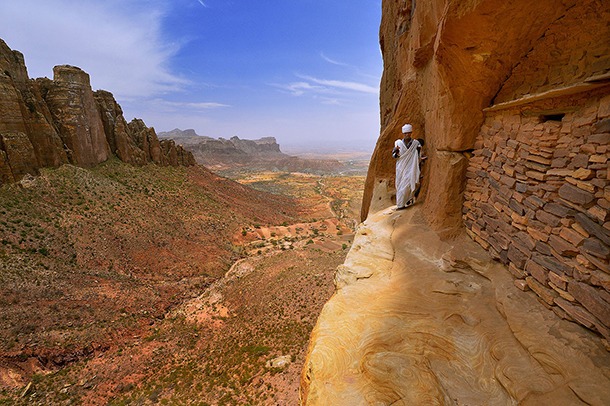The North Historic and The Simien Mountains
Home / Destination / The North Historic and Simien Mountains National Park
An ancient land of fertile well-watered mountains that form the main source of the Blue Nile, northern Ethiopia has long stood at the cultural crossroads of Africa, Arabia and the Mediterranean. These divergent influences have bequeathed the region a unique cultural and historical heritage epitomised by a quartet of unique and magnificent UNESCO World Heritage Sites – Aksum, Lalibela, Gondar and the Simien Mountains National Park – as well as a vast array of lesser-known but equally fascinating historical sites.
What to see?
A UNESCO World Heritage site since 1980, Aksum is ‘Sacred’ as Jerusalem, old as Rome and historical as Constantinople, is an exceptional place in …
Comprising eleven churches and two chapels, Ethiopia’s labyrinthine ‘New Jerusalem’, excavated by King Lalibela in the 12th century and still in active …
Gondar (also spelled Gonder) is a royal and ancient historical city of Ethiopia. The walled city of Fasil Ghebbi in Gondar is on the UNESCO …
The 18th-century Scottish traveler James Bruce described the Blue Nile Falls as ‘a magnificent sight, that ages, added to the greatest length of human …
A mesmerizing inland sea fringed by lush tropical vegetation, the 3,156 km² Lake Tana is most easily explored from Bahir Dar, a well-equipped port city …
Ethiopia’s premier trekking and walking destination, the 412km2 Simien Mountains National Park was inscribed as a Natural World Heritage Site in 1979 …
The town of Negash or sometimes referred to as Al Nejash is Africa’s first Muslim settlement. During the prophet Mohammed period when the Quraysh Arab …
Hidden away in the mountains like ancient treasures, the churches in Gheralata are described as ‘’ the greatest of the historical-cultural heritage of …









